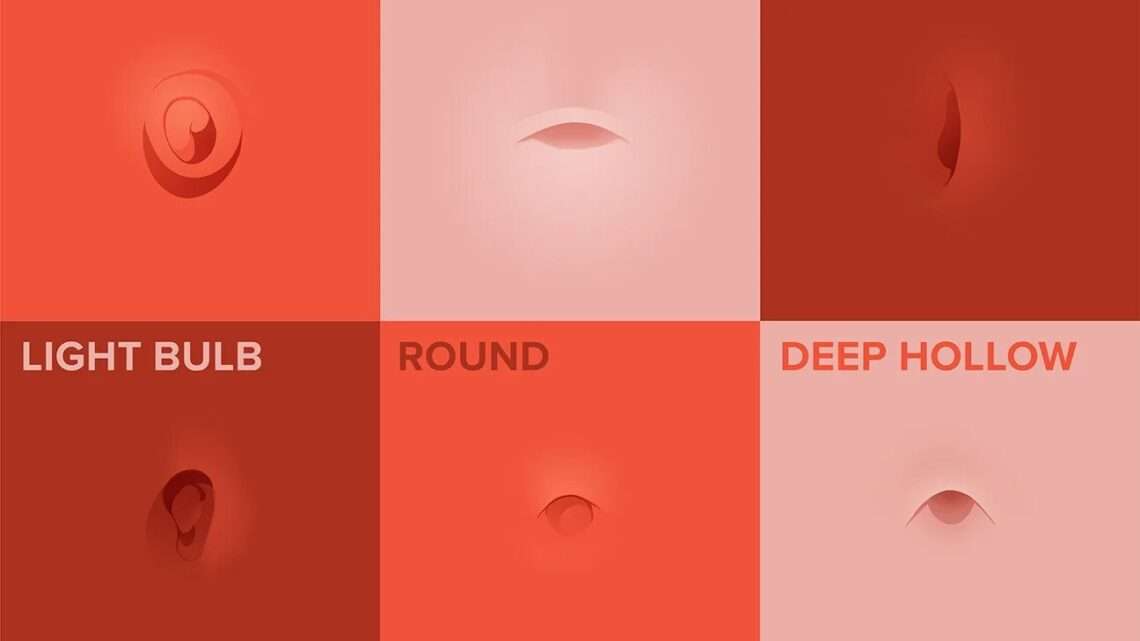
Types of Belly Buttons: A Guide to Navel Shapes and Meanings
The belly button, or navel, is a small scar on the left abdomen where the umbilical cord once connected during fetal development. Here’s an exploration of this exciting part of human anatomy:
When the umbilical cord is cut at birth, the remaining stump heals to form the belly button, and the healing process influences its shape. Belly buttons are typically classified as either innies (concave) or outies (convex), though more nuanced shapes like vertical, horizontal, T-shaped, and combinations also exist.
Trending Now!!:
While the navel no longer serves a biological function after birth, it reminds us of our prenatal link to essential nutrients and oxygen. Innie’s belly buttons can accumulate bacteria and require regular cleaning to prevent infection or odor, while outies may need different care due to their exposure.
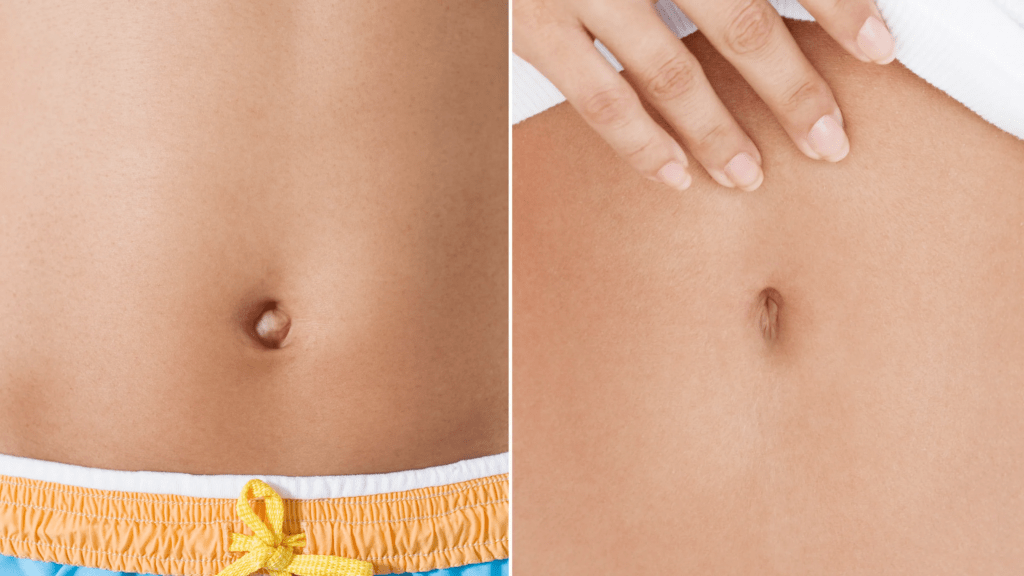
Culturally, the belly button has been viewed as a symbol of life, beauty, and even a source of spiritual energy, with some traditions considering it a chakra or energy centre. In fashion, it often draws attention through piercings, crop tops, and body art, emphasizing its aesthetic appeal.
Each belly button also hosts a unique microbiome, often reflecting a person’s overall health and hygiene practices. Far from being just a scar, the belly button combines biological history, health relevance, and cultural interest, making it a surprisingly complex aspect of human anatomy.
From shape variations to cultural symbolism, the navel is more than a superficial scar—it’s a blend of biology, health, and heritage, embodying a fascinating part of who we are.
Anatomy of the Belly Button
The belly button forms where the umbilical cord is attached, a lifeline for nutrients and oxygen during fetal development. Once the umbilical cord is cut after birth, the remaining stump gradually heals, leaving behind the navel. The shape and appearance of the belly button largely depend on how the cord was cut and how it healed.
Types of Belly Buttons
1. The Outie

Outies are far less common than innies, accounting for only about 10% of belly buttons. This type of navel protrudes outward instead of being recessed. Outies are generally the result of how the umbilical cord was cut and how it healed, not due to anything the baby or mother did. In some cases, an outie may be due to a small umbilical hernia, but this is usually harmless.
Characteristics:
- Protrudes from the abdomen
- Often rounded or oval-shaped
- Unique and rare, making it a point of distinction
Common Myths:
- Some believe that outies signify an extroverted personality, though there’s no scientific basis for this.
2. The Innie
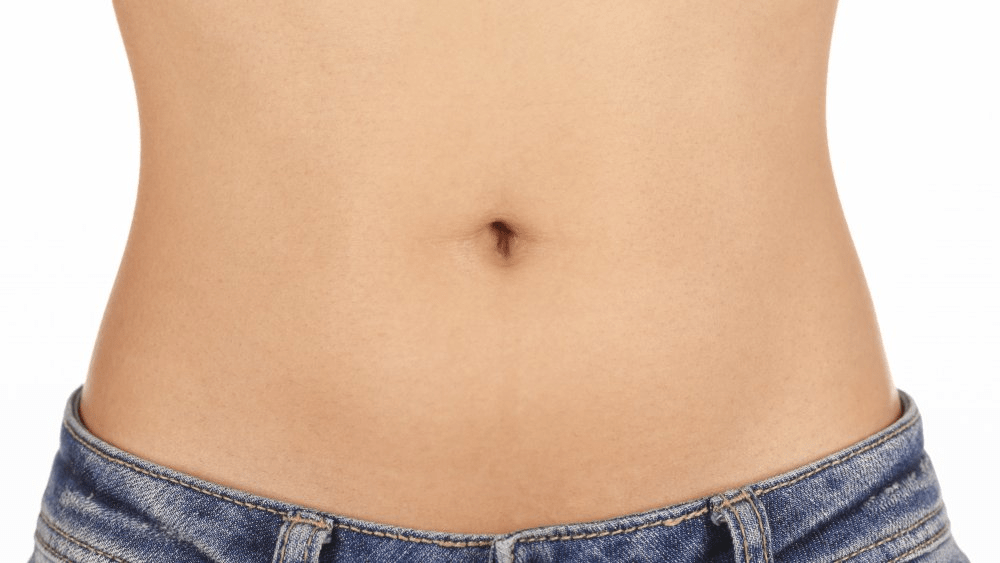
The innie is the most common type of belly button, comprising roughly 90% of navels. This type is characterized by a small inward dip in the abdominal skin where the umbilical cord healed. Innie belly buttons come in various shapes and depths, but they all share the common feature of being recessed rather than protruding.
Characteristics:
- Recessed into the abdomen
- Can vary in shape, from small circles to long, narrow creases
- Often hidden or less noticeable
Common Myths:
- Some cultures and people believe an innie signifies a balanced or reserved personality, but, like with outies, this is purely anecdotal.
3. The Deep Hollow
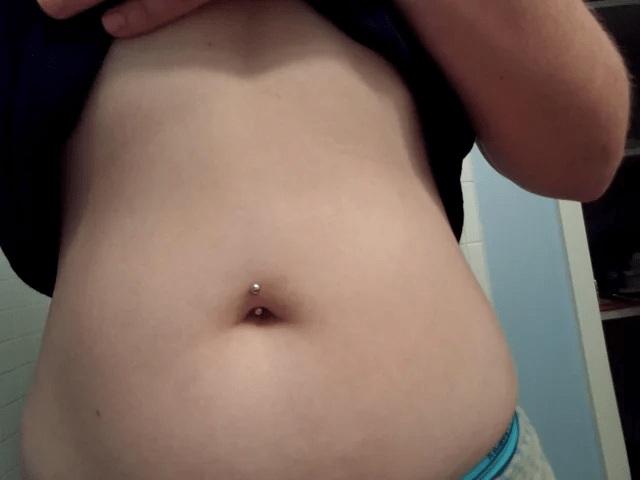
A subtype of the innie, the deep hollow belly button is significantly recessed and tends to look like a deep cavern or pit in the abdomen. This type is often more pronounced in individuals with leaner bodies, as the lack of abdominal fat can emphasize its depth.
Characteristics:
- Very deep, elongated, or rounded cavity
- Often prominent on lean or muscular individuals
- Distinctive, easily noticeable due to depth.
Possible Health Note:
- People with deep hollows should take extra care to clean their belly button, as debris can accumulate in the depth of the navel.
4. The Horizontal Belly Button
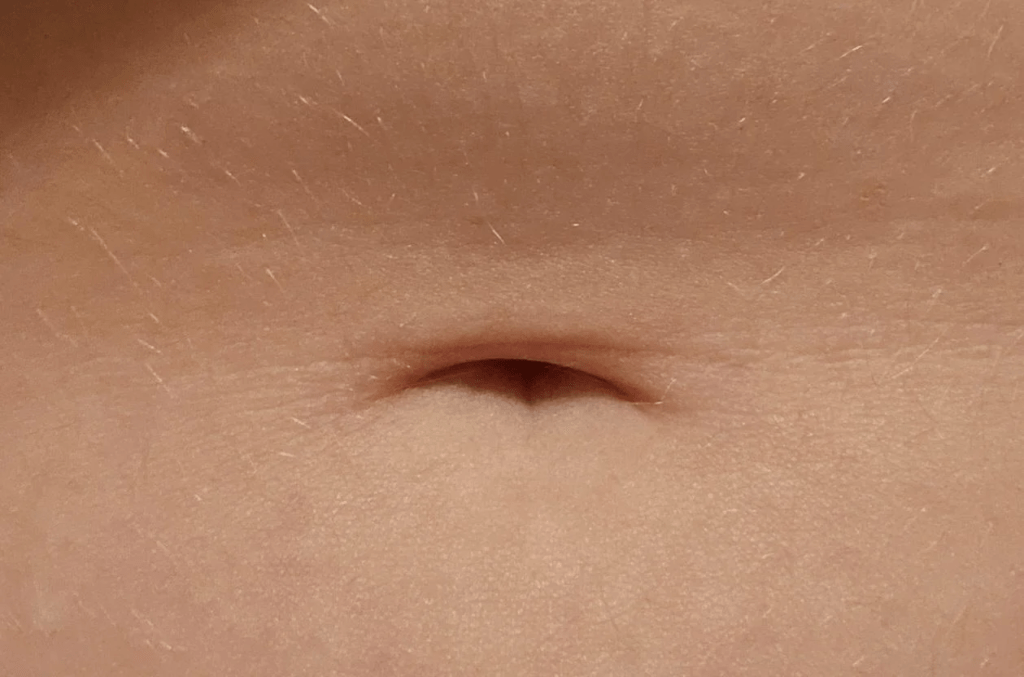
Some belly buttons are horizontal rather than vertical or round, creating a slit-like appearance across the abdomen. This type is generally genetic and can appear in both innie and outie varieties.
Characteristics:
- Horizontal slit-like shape
- Can appear wider or more prominent when the abdomen is tightened
- Adds a unique aesthetic quality to the abdomen
Myth and Meaning:
- There’s a belief that horizontal belly buttons might signify a fun-loving and warm personality. While this is not based on science, it’s a commonly held notion in some cultures.
5. The Vertical Belly Button
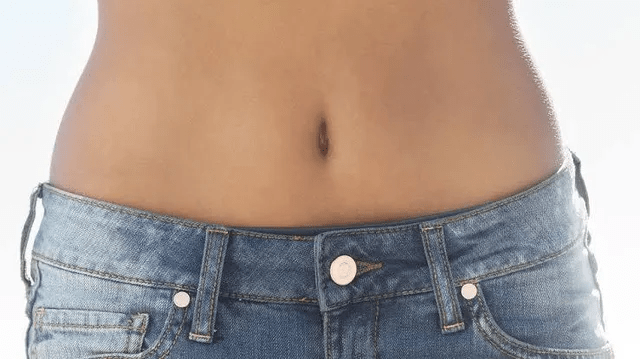
As the name suggests, the vertical belly button is oriented in an upright position, resembling a slender line rather than a round or horizontal shape. Like the horizontal type, the vertical belly button can appear in innies and outies.
Characteristics:
- Vertical slit appearance
- Commonly long and narrow
- Can give a streamlined look to the midsection
Meaning and Significance:
- In some cultures, the vertical belly button is thought to be connected to creative or free-spirited personalities.
6. The Oval Belly Button
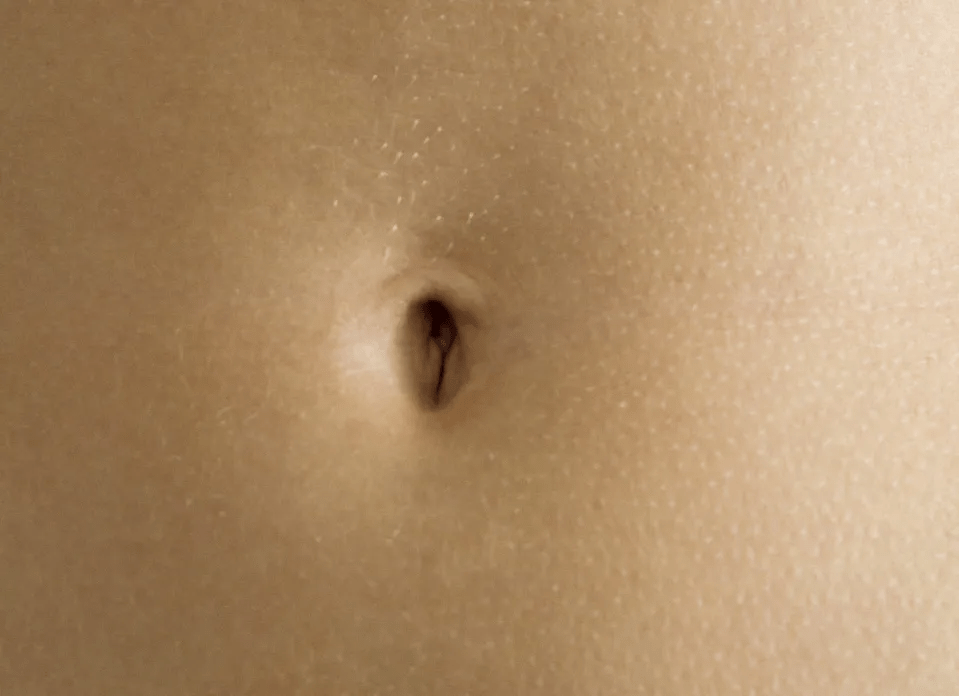
Oval belly buttons are among the more aesthetically distinct shapes. They can be horizontal or vertical in orientation and appear as innies or outies. The oval shape is often due to how the skin and muscles around the umbilical area healed post-birth.
Characteristics:
- Oval, elongated shape
- Smooth appearance, blending naturally with the abdomen
- Can vary in width and depth
Myth and Belief:
- Oval-shaped belly buttons are sometimes associated with sensitivity and a thoughtful personality, though there’s no scientific basis for this.
7. The T-shaped Belly Button

One of the rarest types, the T-shaped belly button, forms an almost cross-like appearance. This shape can result from how the umbilical cord was cut and the way the tissue healed. It’s more common following certain types of abdominal surgery, where scar tissue might form a T-shape.
Characteristics:
- Resembles a T or cross shape
- Often, a result of surgical scarring
- Rare and unique
Possible Health Note:
- Individuals with T-shaped belly buttons may have a higher chance of scarring, especially after surgeries like C-sections or abdominal operations.
8. The Round Belly Button

The round belly button is a classic circular and symmetrical shape. Typically, round belly buttons are innies, though outies can also exhibit this shape.
Characteristics:
- Circular and evenly shaped
- Balanced, often smaller and shallow
- Provides a classic aesthetic look
Myth and Meaning:
- The round belly button is sometimes associated with a balanced personality and an even temper, but there’s no evidence supporting this belief.
Functions and Health
While the belly button itself doesn’t have a biological function post-birth, it can be a site for medical concerns:
- Infections: Due to its depth, innies can harbour bacteria, leading to infections like omphalitis in babies or simple irritation in adults.
- Hernias: An umbilical hernia might require surgical correction, especially if it doesn’t heal on its own by around age 5.
- Lint Collection: The structure of belly buttons, especially innies, can trap lint, intriguing scientists and laypeople alike about the mechanics behind this phenomenon.
Cultural and Symbolic Significance
- Fashion: In many cultures, the belly button has become a focal point in fashion, especially with the popularity of crop tops and belly piercings.
- Spiritual and Traditional Beliefs: In various traditions, the navel is seen as a centre of energy or life force. In some Eastern practices, it’s considered one of the body’s energy centers or chakras.
- Art and Beauty: Artists have long been fascinated by the human form, with the belly button often highlighted in classical and contemporary art to denote beauty, life, or the connection between generations.
Care and Maintenance
- Cleaning: Keeping the belly button clean is crucial, especially for innies. Using a cotton swab with mild soap and water can help prevent odours and infections.
- Piercing: While popular, piercing the belly button requires aftercare to avoid infections. The piercing can change the navel’s appearance over time, sometimes making it look more outie-like due to scar tissue.
Interesting Facts
- Genetics: Some evidence suggests that belly button type might run in families, though environmental factors like umbilical cord management right after birth play a significant role.
- Belly Button Biodiversity: Studies have shown that the navel can host a unique ecosystem of bacteria, varying greatly from person to person.
The belly button, often overlooked, is a microcosm of human biology, culture, and evolution. Whether you sport an innie, an outie, or something in between, your navel is more than just a scar; it’s a testament to your beginning and a quirky anatomy feature.



This is all too weird.